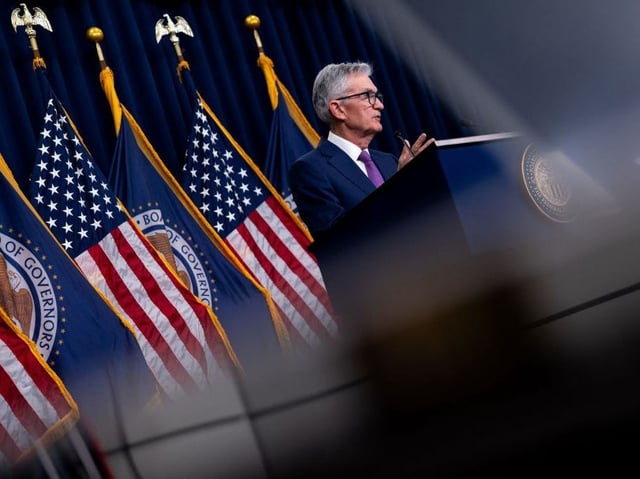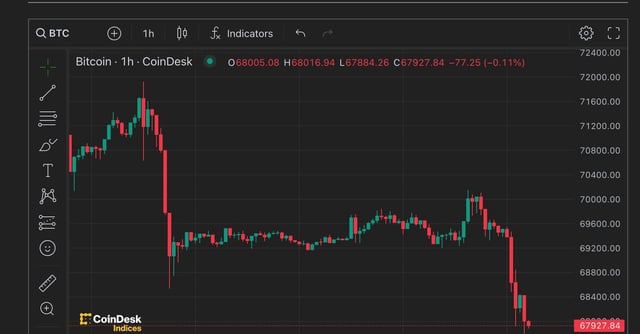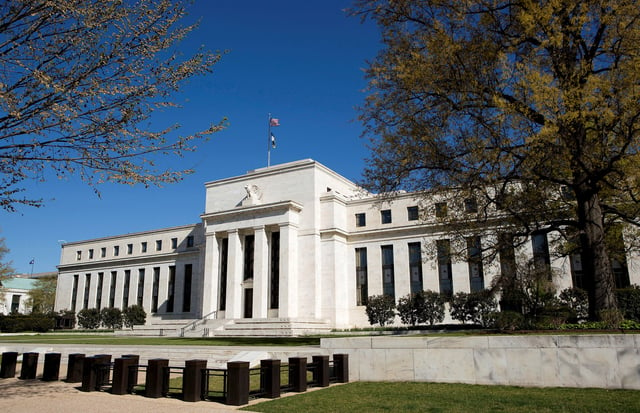Overview
- The Federal Reserve is expected to keep interest rates steady, with potential rate cuts anticipated later in the year.
- May's Consumer Price Index report will provide critical insights into inflation trends, influencing the Fed's policy direction.
- Apple's shares hit a record high following its AI advancements, while General Motors adjusts its EV production forecast.
- Elon Musk drops his lawsuit against OpenAI, easing tensions in the tech industry.
- Analysts predict limited market disruption from the Fed meeting unless unexpected policy changes occur.



